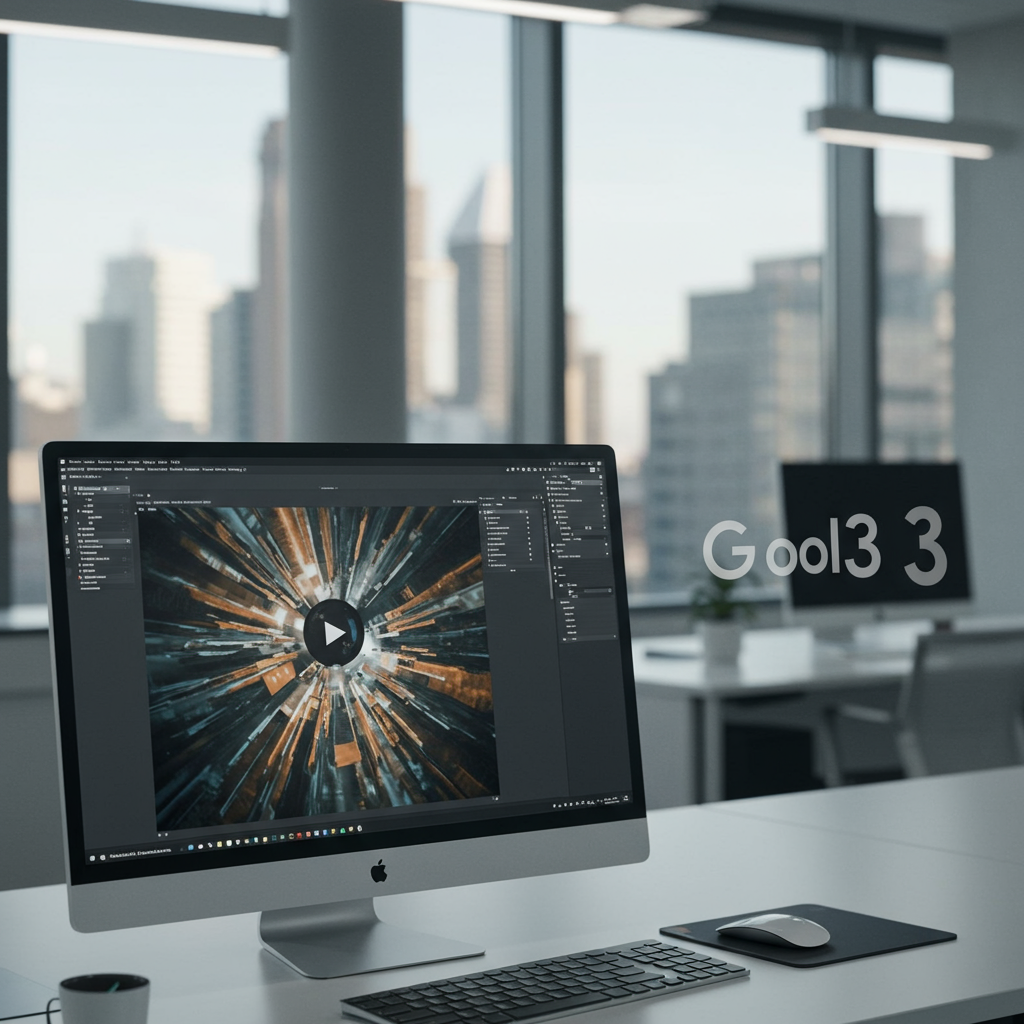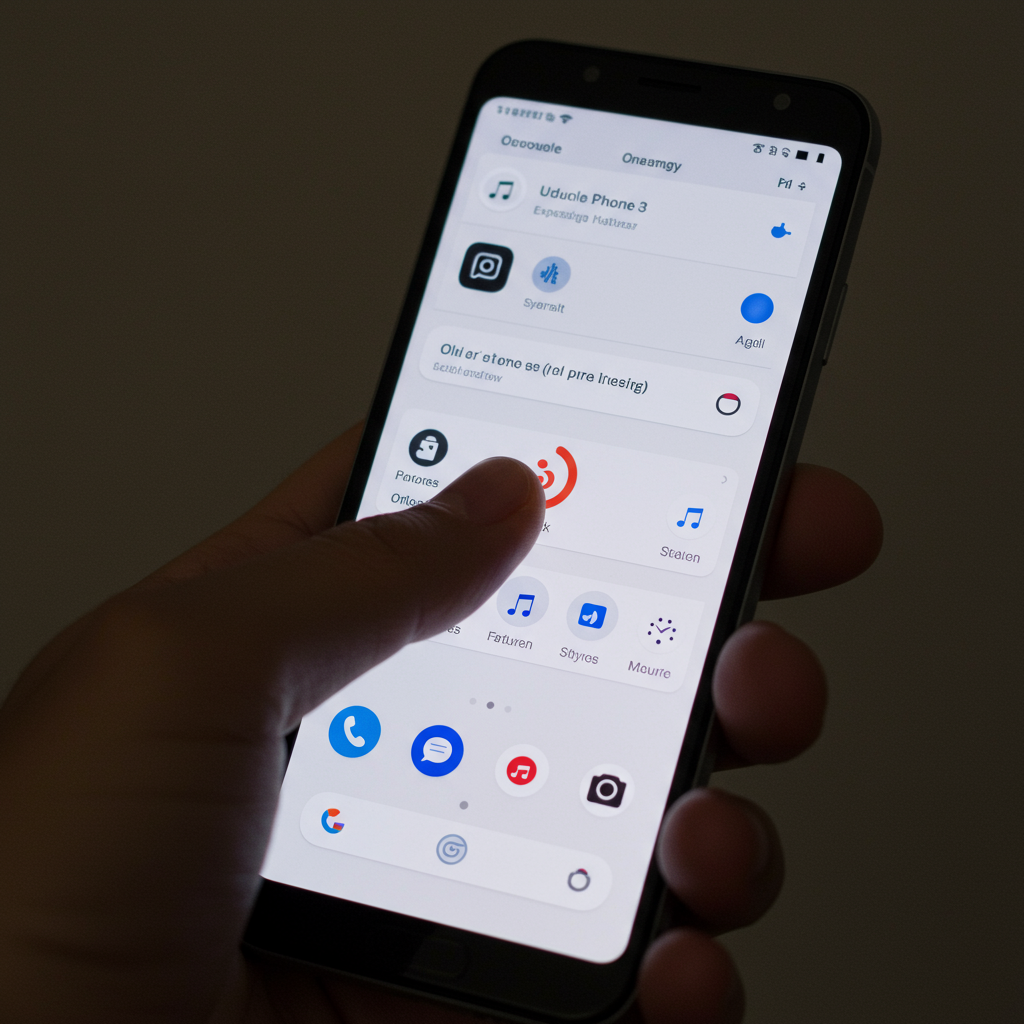Breaking news in the world of artificial intelligence! google has officially rolled out Veo 3, their cutting-edge AI video generator, making it accessible to a wider audience. This state-of-the-art tool promises to revolutionize how we create video content using simple text prompts. While generating stunning, realistic videos comes at a cost, there’s an exciting way to experience Veo 3’s power without an immediate financial commitment. Through the Google cloud platform, users can now leverage generous trial credits to explore the capabilities of this advanced AI model for free. This guide dives into what Veo 3 offers and exactly how you can get started using your trial credits today.
Google Veo 3: A New Era in AI Video Creation
Google’s Veo 3 isn’t just another AI model; it represents a significant leap forward in text-to-video technology. Unlike some other prominent models like OpenAI’s Sora, Veo 3 boasts a unique training foundation. It was extensively trained on millions of videos sourced from YouTube. This massive dataset, rich in diverse content and human behavior, is credited with enabling Veo 3 to generate incredibly realistic and fluid video sequences.
This advanced training allows Veo 3 to interpret prompts with remarkable accuracy. Users can describe complex scenes, actions, or styles. The model then translates these descriptions into dynamic visual narratives. Imagine generating a short clip of a specific animal performing an action in a particular environment, or perhaps visualizing an abstract concept. Veo 3 aims to make these creative visions a reality with unprecedented fidelity.
Accessing Veo 3 Through Vertex AI
Veo 3 is being rolled out and made available to users through Google Cloud’s robust machine learning platform, Vertex AI. Think of Vertex AI as Google’s central hub for building, deploying, and managing AI models. Integrating Veo 3 into Vertex AI provides a powerful infrastructure for developers and creators. This setup allows users to tap into Google’s extensive cloud computing resources necessary for the computationally intensive task of generating high-quality video.
Accessing Veo 3 via Vertex AI means you’re working within a professional-grade cloud environment. This platform supports experimentation and integration with other Google Cloud services. For those familiar with cloud platforms, navigating Vertex AI to utilize Veo 3 will feel intuitive. It positions Veo 3 not just as a consumer gadget but as a serious tool for content creation and AI development.
How to Try Google Veo 3 Using Free Credits
Yes, you read that right – you can try Veo 3 without paying upfront. Since Veo 3 is part of the Google Cloud ecosystem, it’s eligible for the standard Google Cloud free trial program. This is the primary method Google is offering for users to explore Veo 3’s potential.
The Google Cloud trial is incredibly generous. It provides users with $300 in Cloud Billing credits. These credits aren’t restricted to just one service; they can be applied across virtually all Google Cloud offerings. This includes the Vertex AI platform where Veo 3 resides. This substantial credit balance gives you ample opportunity to experiment with Veo 3 and other powerful cloud tools.
To activate this trial, you will need to sign up for a Google Cloud account. The process requires providing a credit or debit card. Google states this is primarily for human verification purposes. Rest assured, you will not be automatically charged. Charges only apply if you exhaust the $300 credit limit within the trial period and choose to upgrade to a paid account. If you don’t upgrade after using the credits or the trial expires, you simply stop being able to use the services that incur costs.
The $300 credit is valid for 90 days from the date of activation. This provides a three-month window to explore Veo 3 and generate videos. Google suggests that $300 is more than enough to generate multiple video clips, allowing users to thoroughly test the model’s capabilities across various prompts and styles. It’s a significant opportunity to evaluate if Veo 3 meets your creative needs before committing to ongoing costs.
Step-by-Step Guide to Claiming Your Trial Credits:
- Navigate to the Google Cloud website.
- Look for the “Start Free Trial” or “Get Started for Free” option.
- Sign up using your Google account.
- Provide the required information, including a credit or debit card for verification.
- Agree to the terms of service.
- Once your account is set up, the $300 credit will be automatically applied to your billing account, ready to be used on services like Vertex AI.
With your credits active, you can then navigate within the Google Cloud console to the Vertex AI section. Here, you will find access to the Veo 3 model and its interface for generating videos based on your prompts.
Understanding Veo 3’s Capabilities and Current Limits
While Veo 3 is a state-of-the-art generator capable of producing stunning visuals, it’s important to understand its current operational parameters when using it via Vertex AI, especially during the trial phase. One key limitation mentioned is the maximum length of generated clips. Currently, Veo 3 clips created through Vertex AI are limited to 8 seconds each.
This 8-second limit aligns with limitations seen in some earlier AI video models or initial rollouts, such as Veo 2 which also had an 8-second cap initially when available on AI Studio. While 8 seconds might seem short, it’s sufficient for generating compelling short clips, visual effects segments, or testing various prompt iterations. It’s a standard starting point for AI video generation as the technology scales.
Despite the length constraint, Veo 3 offers impressive features. A basic prompt can indeed generate video clips complete with accompanying audio. What’s particularly noteworthy is the model’s potential to generate audio that can match the native accent of several languages, adding another layer of realism and localization to the generated content. This audio capability sets it apart from some earlier or simpler AI video tools.
The quality is reportedly very high, living up to its “state-of-the-art” designation. Google itself has showcased Veo 3’s output through unlisted videos on its YouTube channel, offering glimpses into the detailed and realistic results achievable with the model. These examples serve as proof points for the model’s advanced capabilities.
Veo 3 vs. the AI Video Landscape
Comparing Veo 3 to other AI video generators reveals its positioning in the market. Like OpenAI’s Sora, it’s a high-fidelity model targeting realistic and complex scene generation. However, Veo’s training on YouTube offers a distinct advantage in understanding diverse real-world scenarios and human activities.
In contrast to enterprise-level tools like Veo 3 or Sora, many free or lower-cost AI video options available today (such as features integrated into tools like Bing or some limited free plans on platforms like Canva or Runway) still face significant quality hurdles. These free alternatives often produce videos with shorter durations (sometimes as low as 5 seconds), lower resolutions (like 480p), and noticeable artifacts or anatomical errors, similar to early AI image generation issues. The cost structure also differs; high-end models like Veo or Sora are inherently resource-intensive and thus come with a higher operational cost. Trying Veo 3 via the $300 trial offers access to this premium tier of quality that’s often inaccessible through free platforms.
The trial access via Google Cloud’s Vertex AI also positions Veo 3 as a tool integrated into a developer and enterprise ecosystem. This differs from models primarily accessed via consumer-facing interfaces like ChatGPT Plus or simple web apps. It suggests Google sees Veo 3 as a powerful engine for complex creative workflows and potential future integrations, perhaps even within their Gemini platform, as hinted by plans for Veo 2.
Getting Started with Your First Veo 3 Clip
With your Google Cloud trial credits active, accessing Veo 3 through Vertex AI is your next step. The process typically involves navigating the Vertex AI interface. You’ll likely find a specific tool or API endpoint designated for Veo 3 video generation.
Prompt engineering will be key to getting the best results. While Veo 3 is powerful, crafting clear, descriptive prompts will help guide the AI towards your desired outcome. Experiment with different levels of detail. Try specifying styles, camera angles, lighting, and actions. Since you have $300 worth of credits and 90 days, don’t be afraid to generate multiple clips to see how variations in your prompts affect the output.
Remember the 8-second limit per clip. If you need longer sequences, you may need to generate multiple clips and stitch them together using traditional video editing software. The trial is perfect for understanding the quality, consistency, and controllability of the generated content. It allows you to assess if Veo 3’s capabilities align with your vision for future video projects.
Frequently Asked Questions
What is Google Veo 3 and how is it different from other AI video generators?
Google Veo 3 is an advanced AI model designed to generate realistic videos from text descriptions. A key difference setting it apart from other leading models like Sora is its training data. Veo 3 was specifically trained on millions of YouTube videos, which contributes to its ability to create highly realistic and dynamic video content. It also supports generating video clips with accompanying audio that can match native accents.
How can I access the free trial for Google Veo 3?
You can access Veo 3 and try it using the standard Google Cloud free trial. This trial provides $300 in Cloud Billing credits, valid for 90 days, applicable to services on the Google Cloud platform, including Vertex AI where Veo 3 is available. Signing up for the trial requires a credit or debit card for verification, but you won’t be charged unless you exceed the credit limit or upgrade your account.
Is the Google Cloud trial enough to really test Veo 3’s potential?
Yes, the $300 Google Cloud trial offers a significant opportunity to test Veo 3. While generated clips are limited to 8 seconds each through Vertex AI, the $300 credit is sufficient to generate numerous clips. This allows users to experiment with various prompts, evaluate the quality, test the audio generation, and understand the model’s capabilities within its current constraints over a 90-day period before deciding on further usage.
Conclusion
Google’s rollout of Veo 3 marks an exciting advancement in the field of generative AI video. By making this powerful tool available through Vertex AI and offering a substantial $300 free trial via Google Cloud, they’ve created a fantastic opportunity for creators, developers, and AI enthusiasts to explore its potential firsthand. While currently limited to 8-second clips via this access point, the quality, realism, and audio capabilities showcase the future of AI-powered video creation. Claiming your Google Cloud trial credits provides risk-free access to test this state-of-the-art technology and see how Veo 3 can potentially fit into your creative workflow. Don’t miss the chance to experiment with one of the most advanced AI video generators available today.
Word Count Check: ~1050 words




